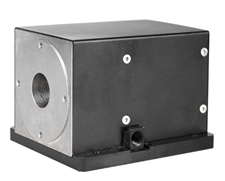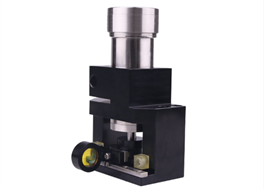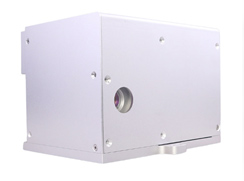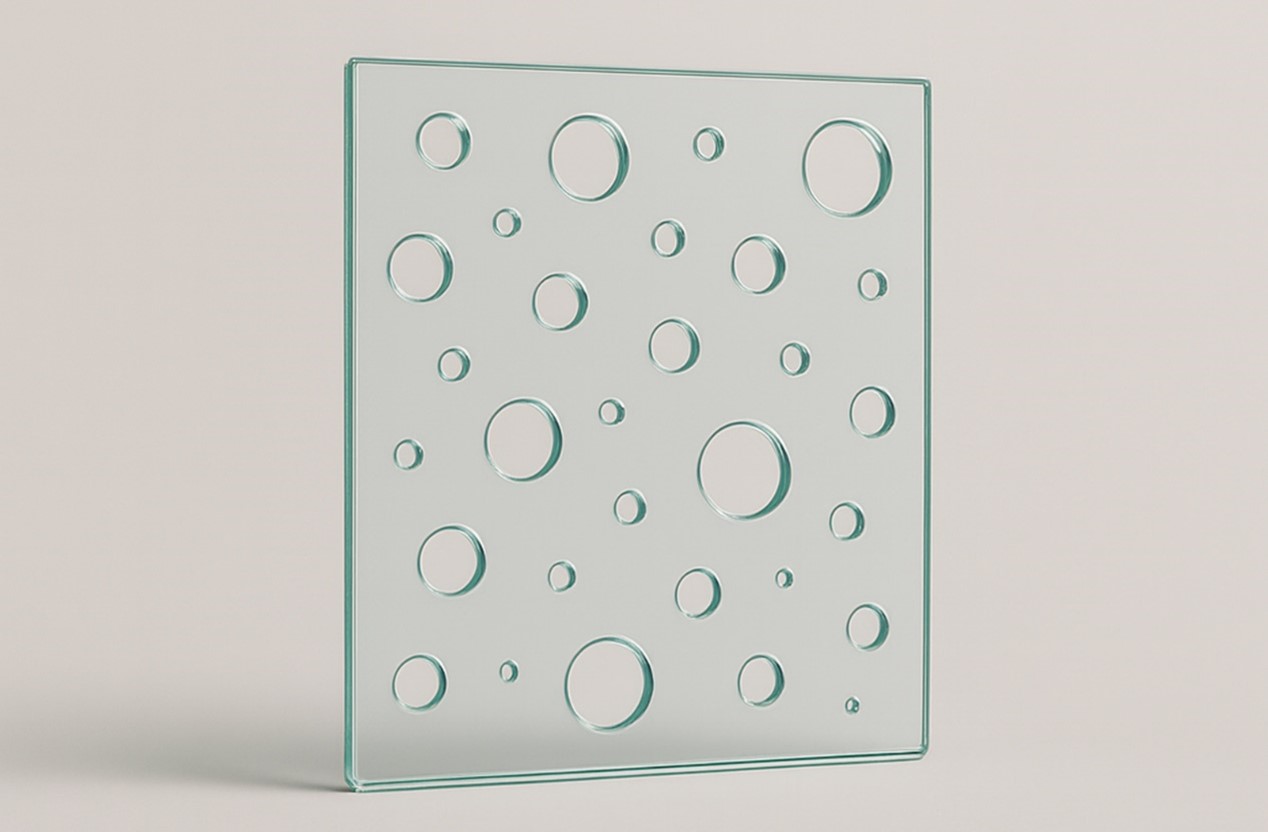A 3D Dynamic Focus Galvo Scanner System is an advanced laser scanning solution that integrates high-speed XY-axis laser galvanometers with a real-time Z-axis focusing mechanism. The laser galvanometer is a precision mirror-actuating component responsible for steering the laser beam along the X and Y directions at high speeds. Unlike traditional 2D systems, this configuration ensures the laser beam remains focused even on complex 3D geometries.
In a 3D dynamic focus system, the Z-axis typically works in real-time coordination with the X and Y axes to achieve dynamic focusing. That is, the focal distance is automatically adjusted in response to the processing path, ensuring that the laser beam remains precisely focused on the correct depth of the workpiece.
By introducing a Z-axis into the standard XY scanning setup, a 3D dynamic focusing system is formed. With dynamic focus control and fast-responding laser galvanometers, this system overcomes the limitations of traditional 2D laser marking, enabling distortion-free laser engraving on large surfaces, complex 3D contours, steps, conical shapes, and inclined planes.
Dynamic Focusing Galvo Scanners are divided into three main categories. The first type uses a voice coil motor to achieve dynamic focusing. The second type employs a dynamic shaft mechanism, where a motor combined with a linkage converts the motor’s rotation into horizontal linear movement of the focusing lens for focusing. The third type utilizes an aspherical reflective optical path design, breaking through the traditional perspective optical path scheme and significantly enhancing the dynamic performance of the Z-axis focusing module.
Voice Coil Motors (VCM) are widely used for Z-axis control in 3D galvanometer systems, especially suitable for high-precision dynamic focusing systems. Below is an explanation of the working principle and advantages of using VCMs for dynamic Z-axis control:
A voice coil motor is a non-contact linear actuator based on the principle of electromagnetic induction. Its basic structure includes:
Coil (moving part): receives current and generates force within the magnetic field;
Permanent magnet (stationary part): forms a stable magnetic field;
Guide rail: directs the moving coil along a linear path.
The advantages include a non-contact structure with no friction or delay, no mechanical transmission parts, simple linear motor structure, and high stability.
This approach is especially suitable for high-speed, high-dynamic-response focusing systems. Below is an explanation of the dynamic shaft principle and its advantages:
A motor combined with a linkage cleverly converts the rotational motion of the galvo motor into linear motion. The basic structure includes:
Galvo motor: receives control commands and rotates around the motor shaft;
Mechanical linkage: transfers the galvo’s rotational movement into one-dimensional linear motion;
Guide rail: guides the linkage to move along a linear path.
This design is suitable for ultra-high dynamic response focusing systems. It employs an aspherical reflective optical path design to perfectly match the dynamic performance of the Z-axis with that of the XY axes, ensuring that the scanning speed of the three-axis galvo is not limited by the dynamic performance of the Z-axis.

VCM F1
The VCM F1 adopts a traditional voice coil motor (VCM) design, using a high-precision linear scale for position feedback. Although the speed is relatively slow, it offers extremely high positioning accuracy, with a position resolution of up to 25 bits.
The use of digital encoder technology significantly enhances positioning accuracy, while also providing ultra-low noise, excellent linearity, and minimal drift. It is mainly used for deep engraving on curved surfaces, relief engraving, and 3D surface carving.

Curved Surface Engraving

VCM G1
Using a motor combined with a linkage mechanism, the Z-axis dynamic tracking error is less than 1.5 ms, offering over 50% faster response speed compared to traditional voice coil motors. It adopts a fully digital motor drive system for stable performance. Working in coordination with a laser galvanometer, this solution is ideal for applications where ultra-high precision is not required but high focusing speed is essential—such as 3D printing, leather engraving, garment processing, wood grain carving, as well as automotive component manufacturing and more.

Automotive Parts Processing

VCM Z
The VCM-Z Z-axis focusing module breaks through traditional transmissive optical path designs, significantly enhancing the dynamic performance of the Z-axis. By adopting an aspherical reflective optical path, it ensures that the Z-axis dynamic performance is perfectly matched with the XY axes, allowing the scanning speed of the three-axis galvo system to remain unrestricted by Z-axis limitations. It is well-suited for laser drilling applications such as glass drilling, laptop casing drilling, and keyboard film cutting.

Glass Drilling
In laser processing systems, the Z-axis plays a crucial role in achieving 3D dynamic focusing and precise adjustment of the focal position. It is widely used in applications such as marking, cutting, welding, and engraving. The Z-axis is typically responsible for adjusting the laser focus along the vertical direction to accommodate varying material thicknesses or complex 3D structures.
To meet diverse customer requirements, Scanner Optics offers comprehensive 2.5D, 3D systems, as well as other customized solutions. Through continuous innovation in self-developed grating encoders, driver boards, motor performance, and structural optimization, Scanner Optics has made significant breakthroughs in fields such as precision machining, 3D printing, new energy lithium battery manufacturing, and leather and apparel industries.
We remain committed to advancing laser technology and providing customers with complete galvanometer scanner solutions.